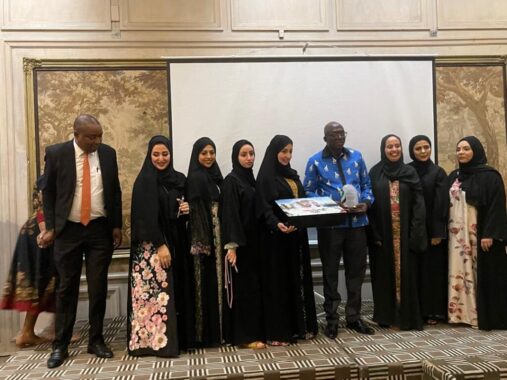Mining sector adjusts operations amid Covid-19

Oliver Kazunga, Senior Business Reporter
Mining companies are being forced to adjust their operations so as to remain afloat despite the threat of Covid-19, as well as keeping focused towards attaining the US$12 billion mining economy by 2023.
In launching the strategic road map to achieve the US$12 billion goal, Government expects growth to be driven mainly by gold, platinum and diamonds, among others.
Speaking during a virtual meeting last Thursday on the future of the mining industry, Chamber of Mines of Zimbabwe president Mrs Elizabeth Nerwande-Chibanda said the sector was playing a “delicate” balancing act given the outbreak of the Covid-19 pandemic.
The deadly virus was first detected in China last December and has spread across the world posing a serious health threat and economic crisis with countries embarking on national lockdown measures to contain it. Mrs Nerwande-Chibanda said the mining sector was battling with the new normal and that for the past six months, the business enviroment has been altered by Covid-19.
“We have to re-arrange ourselves to remain in business and relevant to our operations. As mining industry, one of the challenges we had was that we had to play a delicate balancing act in light of the Covid-19,” she said.
“On one hand we wanted to continue with operations and to sustain national forex inflows on the other hand, and we are happy to say we were allowed to continue carry on with operations.”
Mrs Nerwande-Chibanda, however, bemoaned the slowdown in the economic activity, which has crippled business viability across the globe, including local mines.
“We have recorded significant declines during the last six months, mostly on ferrochrome smelters that have gone under care and maintanance.
“There has been supply chain disruption; most companies depend on raw materials imports and there has been delays in deliveries,” she said.
“We all know that and borders have closed here and there, factories have closed and there has also been a weak demand for some base metals. Copper, nickel and ferro-alloys and platinum and gold have experienced price and production boom,” said Mrs Nerwande-Chibanda.
Since the outbreak of Covid-19, a number of expansion projects have been put on hold owing to working capital shortages.
“We are all aware of the inadequate foreign exchange retentions, uncompetitive prices for the surrender portion and gold has suffered quite a lot,” she said.
“And on fragile power supply, because of the little demand given that most factories have closed, we saw quite a gap of recovery but this problem hasn’t been quite solved totally.”
The large-scale miners representative body remains optimistic that despite the prevailing challenges, the sector is still key to the long-term sustainable growth of the economy.
“We continue engaging the Government on supporting legal and regulatory environment that is predictable for business,” she said.
Speaking on the same platform, Fidelity Printers and Refiners head of the Gold Development Initiative Fund Mr Matthew Chidavaenzi said:
“Covid-19 is a new reality that we have got to live with it. And because of that thinking and reasoning, it (Covid-19) came in and added onto the existing challenges. There is need for people to also understand the pre-Covid challenges.”
Mr Chidavaenzi said the future of mining in Zimbabwe was espoused by the Ministry of Mines and Mining Development through the US$12 billion mining economy by 2023.
“In this regard, the thrust of the Government is to use mining as an engine for economic growth and the gold sector has to play a significant role in the attainment of the vision by achieving an annual gold target of 100 tonnes. To achieve the 100 tonnes target, the country needs to increase installed capacity in mines, we need to develop new mines,” he said. — @okazunga










Comments